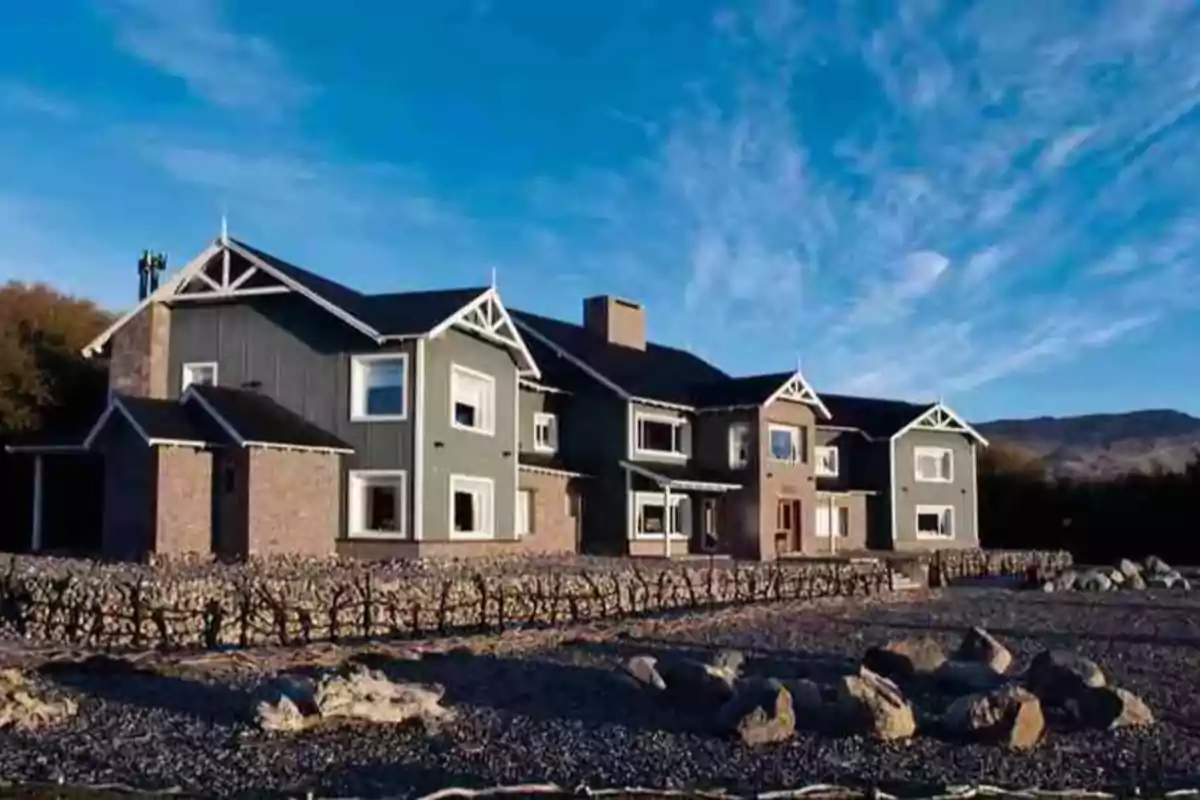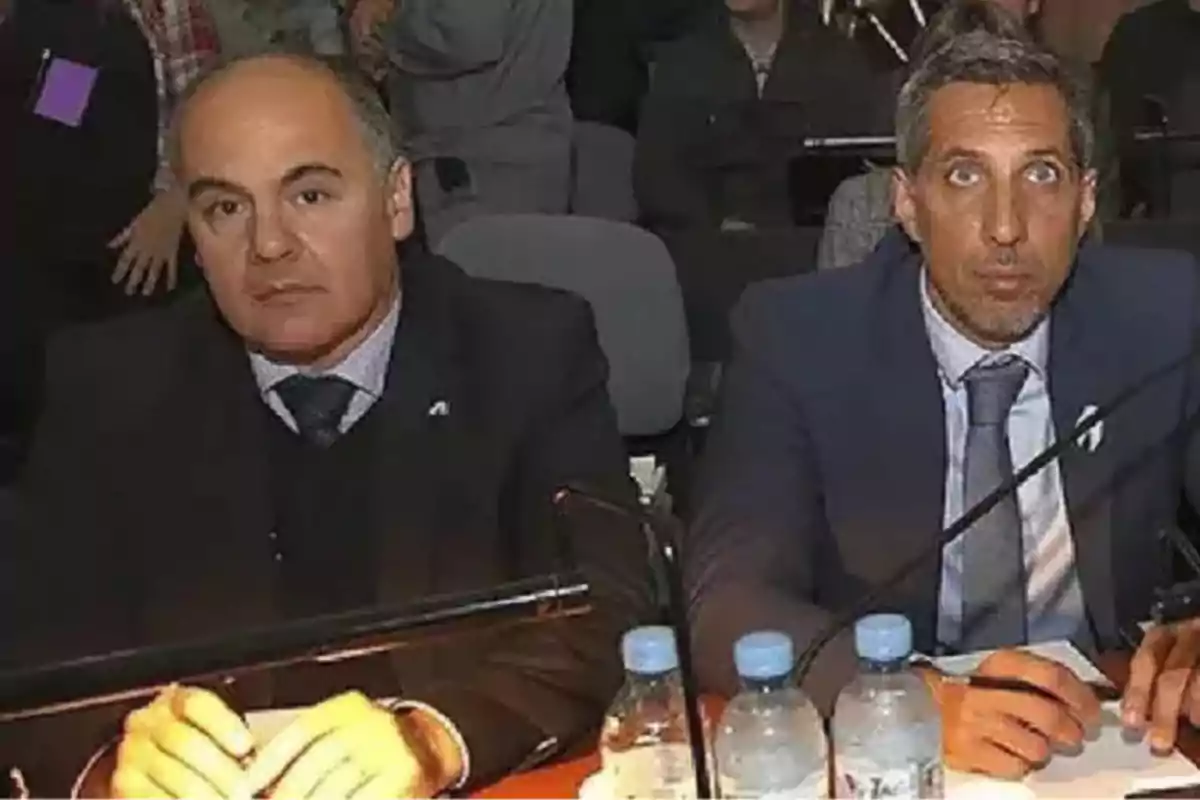
All the assets that the court could auction off from Cristina if she doesn't pay her forfeiture
The Court set a deadline until August 13 to pay the forfeiture or proceed with the auction of their seized assets
Within the framework of the Vialidad case, the judiciary ordered Cristina Fernández de Kirchner and eight other convicted individuals to pay a forfeiture of $684 billion, an amount intended to compensate the State for the fraudulent scheme in the award of public works contracts during the Kirchner administrations.
Of that total, the former president is responsible for a sum of $42 billion, as determined by the Federal Oral Court No. 2. The deadline to make the deposit expires next August 13 at 9:30 a.m. The calculation of the deadline takes into account the winter judicial recess, during which procedural deadlines are suspended.

If there is noncompliance, the judiciary may proceed with the execution of seized assets to cover the amounts owed. The list of assets was prepared by prosecutors Diego Luciani and Sergio Mola, who led the prosecution in the oral trial. The document includes assets belonging to Cristina Kirchner, her children Máximo and Florencia, and businessman Lázaro Báez, among other convicted individuals.
The assets attributed to the former president include bank accounts, stock market investments, and properties. In particular, seven savings accounts were identified—four in pesos and three in dollars—, a safe deposit box at Banco Galicia, four fixed-term deposits at Banco de Santa Cruz, an account at Banco Nación, and four brokerage accounts at Caja de Valores.
Shares are also listed in companies traded on Wall Street such as Apple, Microsoft, Mercado Libre, Visa, and Berkshire Hathaway, totaling $170 million.
In terms of real estate, the list details two apartments in the City of Buenos Aires, located on Juncal Street (one at the corner with Uruguay and another between Azcuénaga and Uriburu), and 24 properties in Santa Cruz, including the family home in Río Gallegos, the residence in El Calafate, and the boutique hotel Los Sauces.
It should be noted that all these assets were transferred in 2016 to her children through assignments of rights, a mechanism used by the former president to avoid judicial seizures. Nevertheless, the assets are subject to precautionary measures.

The family companies Hotesur S.A., Los Sauces S.A., and Comasa are also included, whose operations were the focus of another judicial investigation for money laundering. The three companies were transferred to her heirs and are currently under seizure in the Hotesur-Los Sauces case file.
In her last sworn statement submitted upon leaving the vice presidency in 2023, Cristina Kirchner did not report properties in her name, but she did declare a usufruct over two properties: the 160 m² (1,722.2 square feet) apartment in Recoleta and the house in El Calafate. She also reported a brand new Toyota Corolla hybrid vehicle acquired that same year.
The exponential growth of the Kirchner couple's assets during their time in public office has been the subject of allegations of illicit enrichment and alleged fraudulent schemes. In 2003, upon arriving at Casa Rosada, they declared $7 million. Twelve years later, Cristina Kirchner reported assets exceeding $72 million.
With the final conviction and the judicial order, the former president now faces the concrete possibility that her assets will be liquidatedto cover the multimillion-dollar compensation imposed for corruption.
More posts: